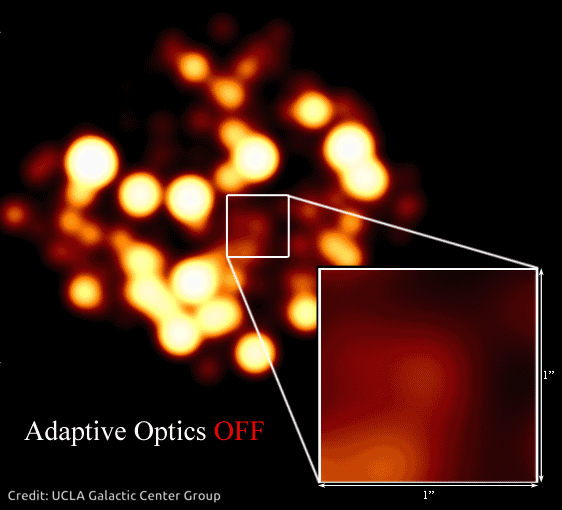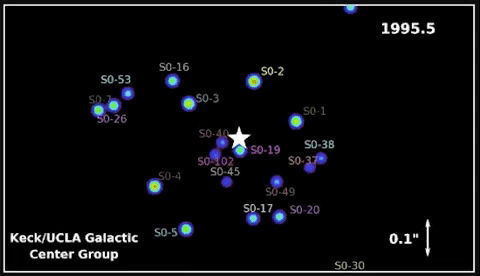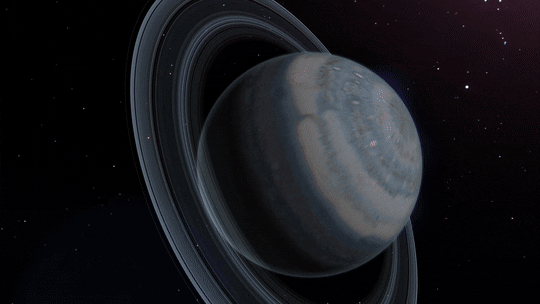Telescopes located both on the ground and in space continue to dazzle us with incredible images of the universe. We owe these sharp vistas to a series of brilliant astronomers, including Andrea Ghez – an astrophysicist and professor at UCLA – and the “Mother of Hubble,” Nancy Grace Roman.
Did you know that stars don’t actually twinkle? They only look like they do because their light has to travel through our turbulent atmosphere to reach our eyes. As the atmosphere shifts and swirls around, the light from distant stars is slightly refracted, or bent, in different directions. Sometimes it’s directed right at us, but sometimes it’s directed a bit to the side.
It’s like someone’s shining a flashlight toward you but moving it around slightly. Sometimes the beam is pointed right at you and appears very bright, and sometimes it’s pointed a bit to either side of you and it appears dimmer. The amount of light isn’t really changing, but it looks like it is.

This effect creates a problem for ground-based telescopes. Instead of seeing sharp images, astronomers get fuzzy pictures. Special tech known as adaptive optics helps resolve pictures of space so astronomers can see things more clearly. It’s even useful for telescopes that are in space, above Earth’s atmosphere, because tiny imperfections in their optics can blur images, too.

In 2020, Andrea Ghez was awarded a share of the Nobel Prize in Physics for devising an experiment that proved there’s a supermassive black hole embedded in the heart of our galaxy – something Hubble has shown is true of almost every galaxy in the universe! She used the W. M. Keck Observatory’s adaptive optics to track stars orbiting the unseen black hole.

A woman named Nancy Grace Roman, who was NASA’s first chief astronomer, paved the way for telescopes that study the universe from space. An upcoming observatory named in her honor, the Nancy Grace Roman Space Telescope, will use a special kind of adaptive optics in its Coronagraph Instrument, which is a technology demonstration designed to block the glare from host stars and reveal dimmer orbiting planets.
Roman’s Coronagraph Instrument will come equipped with deformable mirrors that will serve as a form of visual “autocorrect” by measuring and subtracting starlight in real time. The mirrors will bend and flex to help counteract effects like temperature changes, which can slightly alter the shape of the optics.

Other telescopes have taken pictures of enormous, young, bright planets orbiting far away from their host stars because they’re usually the easiest ones to see. Taking tech that’s worked well on ground-based telescopes to space will help Roman photograph dimmer, older, colder planets than any other observatory has been able to so far. The mission could even snap the first real photograph of a planet like Jupiter orbiting a Sun-like star!
Find out more about the Nancy Grace Roman Space Telescope on Twitter and Facebook, and learn about the person from which the mission draws its name.
Make sure to follow us on Tumblr for your regular dose of space!
